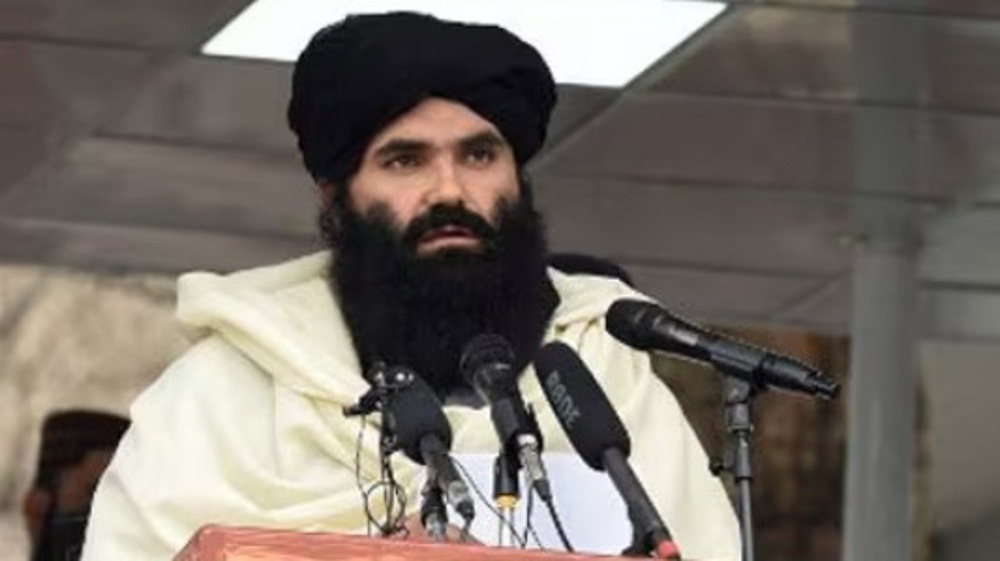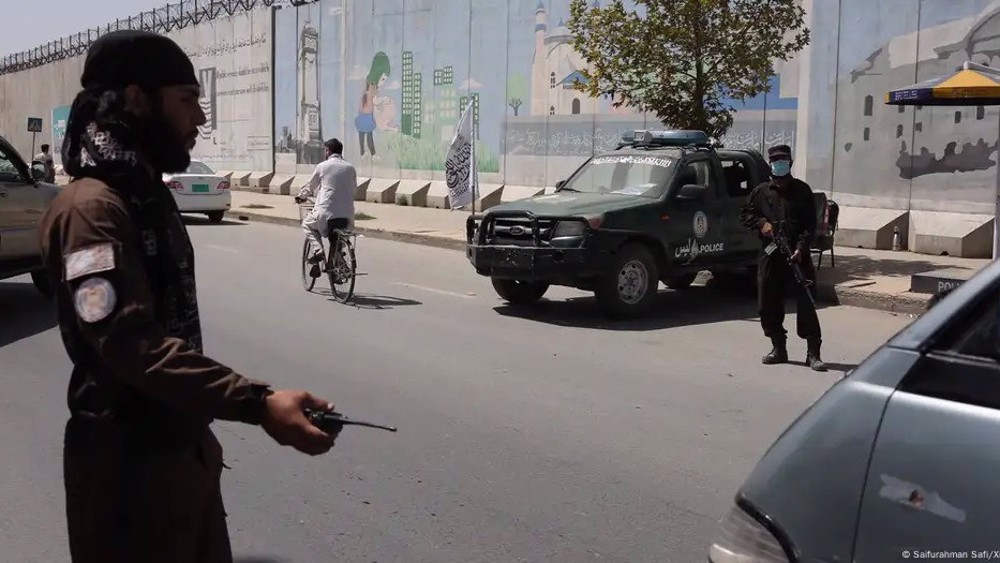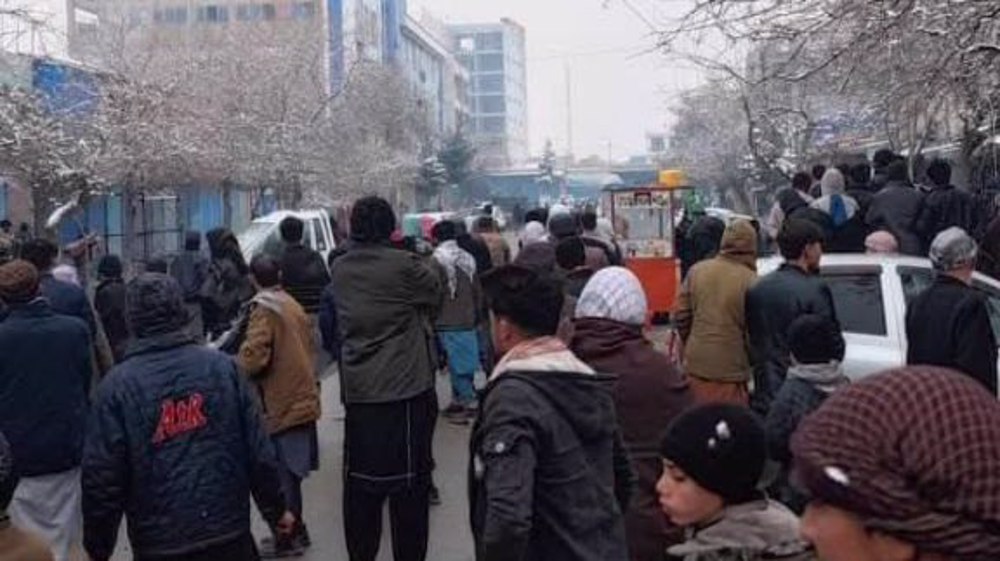Daesh-Taliban clashes kill 30 militants in Afghanistan
At least 30 militants have been killed and scores of others injured during fierce clashes between members of Daesh Takfiri terrorist group and Taliban extremists in Afghanistan’s eastern province of Nangarhar.
Attaullah Khogyani, the spokesman for the provincial governor, said on Wednesday that the two sides had engaged in heavy exchanges of gunfire in the Bati Kot district of the beleaguered province, east of the capital, Kabul, the previous day.
He added that the clashes have claimed the lives of at least 18 Daesh terrorists, including two militant commanders identified as Ajmal and Abdul Ahad, while leaving four others injured.
A dozen Taliban militants were also killed and an unspecified number of others injured.
Last month, at least 15 people were killed in clashes between Daesh terrorists and Taliban militants in the Chaparhar district of Nangarhar Province.
Khogyani said at the time that the clashes had left four Daesh terrorists and 11 Taliban members dead. Eleven Daesh militants and 25 Taliban militants were also injured.
Two civilians were caught in the crossfire and sustained gunshot wounds.
Six Daesh terrorists were killed on December 5 as Afghan fighter jets launched an operation in the Achin district of Nangarhar Province.
Earlier that day, 33 Daesh terrorists were killed and four others injured during an Afghan army ground offensive in the same Nangarhar district.
Haji Ghalib Mujahid, the governor of Achin, said early last month that 32 Daesh terrorists were killed in the area during a counter-terror operation. Ghalib said a radio base used by Daesh elements in Afghanistan to be in touch with fellow militants in Iraq and neighboring Syria was also destroyed in the operation.
Nangarhar has been witnessing a rise in the number of Daesh terrorists in some of its districts in recent months.
On June 16, the Afghan Taliban militant group warned Daesh ringleader, Ibrahim al-Samarrai, also known as Abu Bakr al-Baghdadi, against “waging a parallel insurgency in Afghanistan.”
Afghanistan is gripped by insecurity 14 years after the United States and its allies attacked the country as part of Washington’s so-called war on terror. Although the 2001 attack overthrew the Taliban, many areas across Afghanistan still face violence and insecurity.

Taliban says US has lifted $10 million reward for information on deputy chief Haqqani

Deadly bombing attack targets Taliban ministry building in Kabul

Daesh claims deadly bombing attack in northern Afghanistan
Iran says not received US response yet to ‘generous offer’
VIDEO | Lebanese civilian killed as Israel strikes south in violation of ceasefire
VIDEO | Moroccans protest against Israel’s genocidal war in Gaza, US support
VIDEO | Less people visiting US due to restrictions
VIDEO | Press TV's news headlines
Netanyahu’s flight takes detour to US to avoid ICC arrest warrant: Reports
VIDEO | Palestinians stage general strike in West Bank as Israel intensifies Gaza genocide
VIDEO | Genocide in the Syrian coast!












 This makes it easy to access the Press TV website
This makes it easy to access the Press TV website